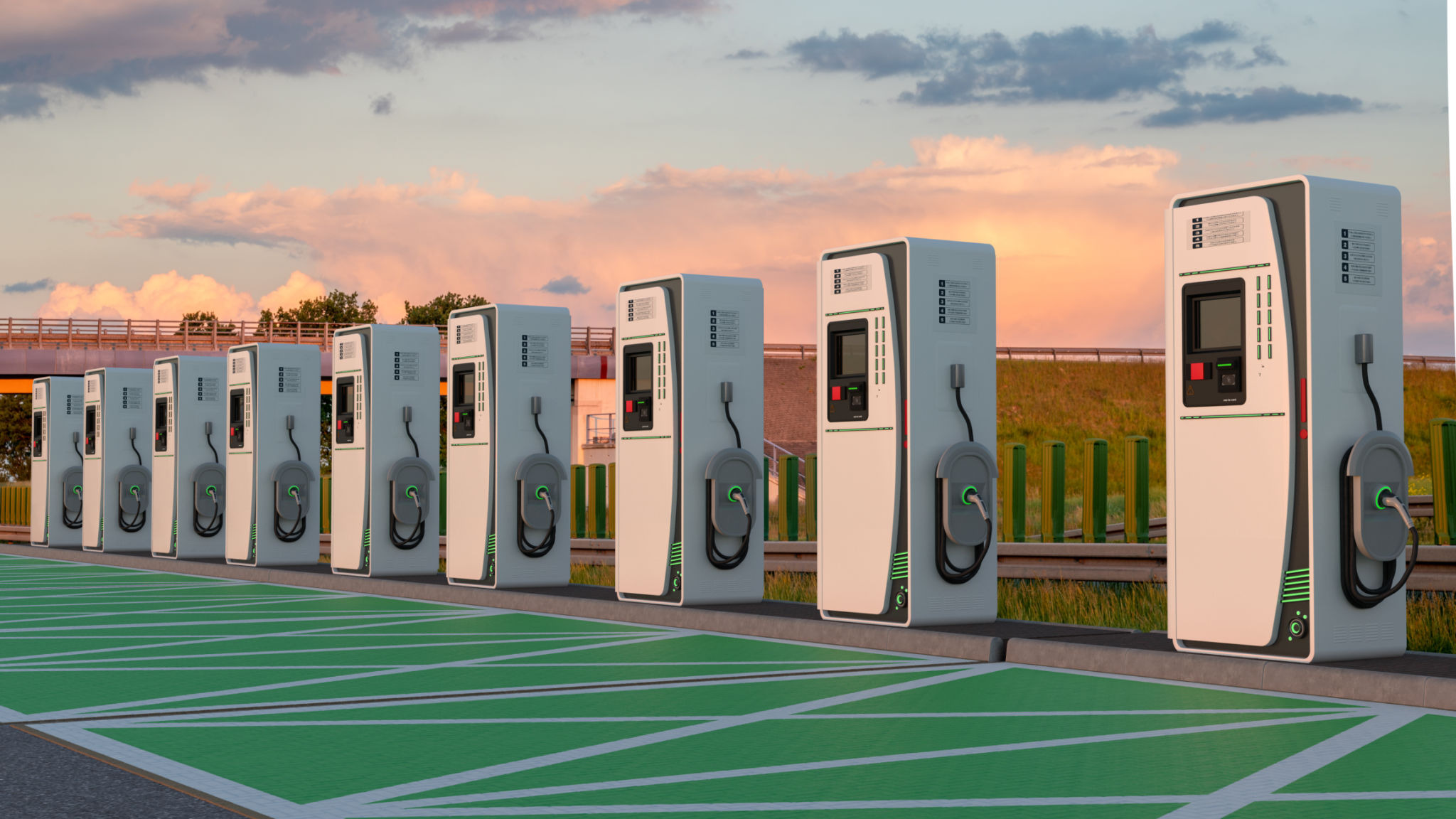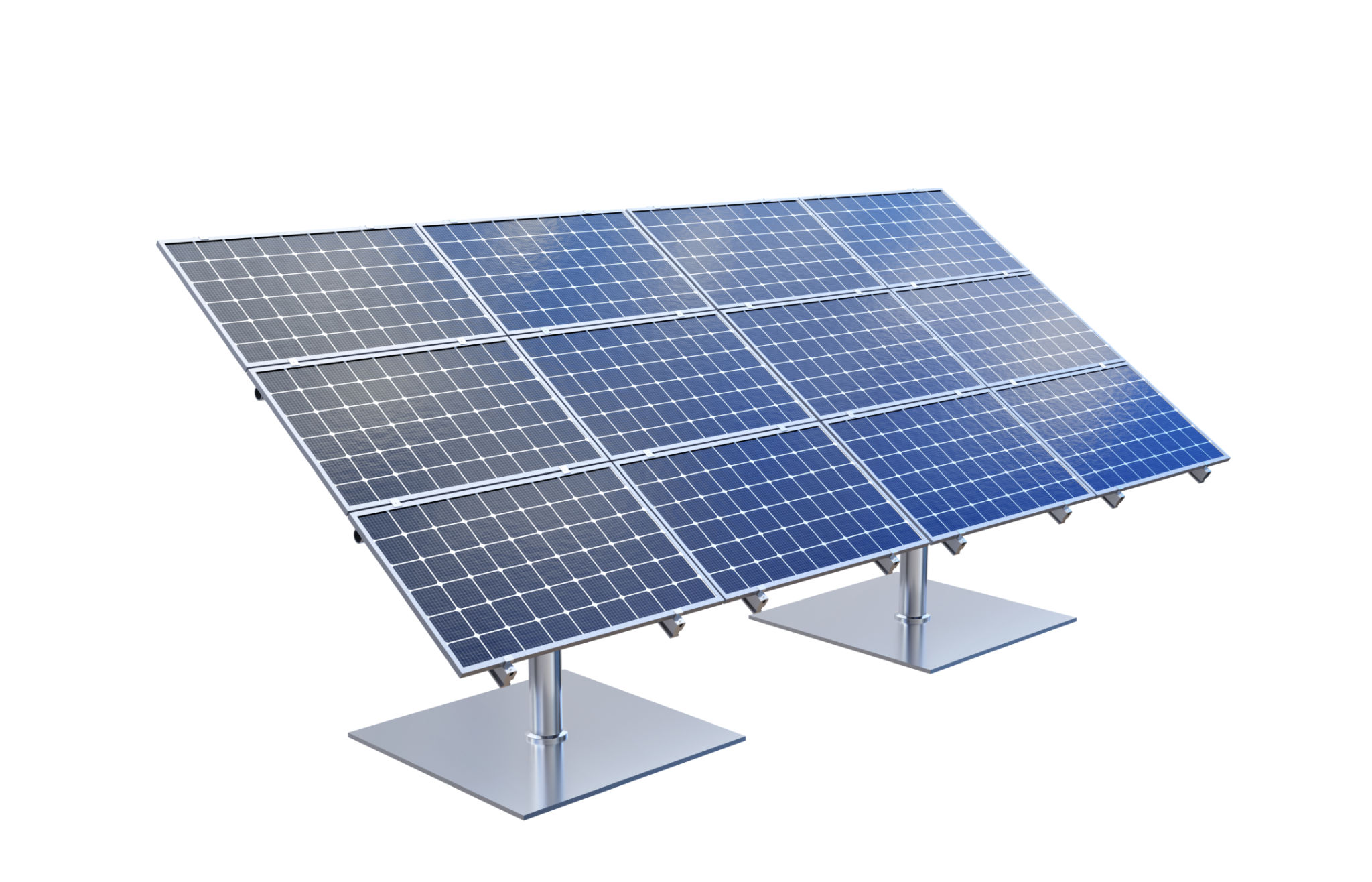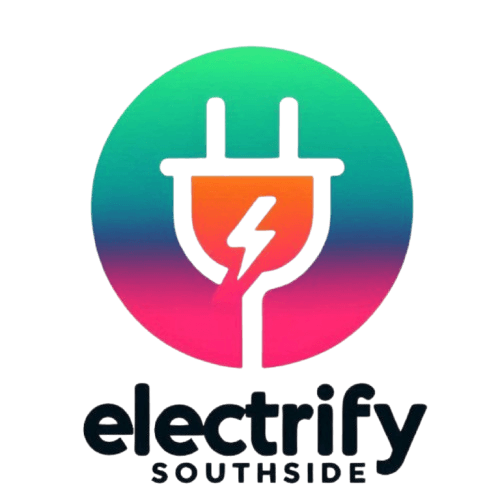Case Study: Successful Electrification Projects in Victoria
Introduction to Electrification Projects
Electrification projects are at the forefront of sustainable development, contributing significantly to reducing carbon emissions and enhancing energy efficiency. In Victoria, several successful electrification initiatives have demonstrated the potential of these projects in transforming energy consumption patterns. This case study explores some of the notable electrification projects in Victoria, highlighting their impact and success factors.

Project Spotlight: Melbourne's Electric Bus Fleet
One of the standout electrification projects in Victoria is the transition of Melbourne's public transport system to electric buses. This initiative involves replacing diesel buses with electric models, significantly cutting down on greenhouse gas emissions. The project has been lauded for its environmental benefits and has set a precedent for other cities aiming to reduce their carbon footprint.
The success of this project can be attributed to strategic partnerships between the government and private sectors, ensuring adequate funding and technological support. The implementation of charging infrastructure across the city has also been crucial, providing the necessary support for the operation of electric buses.
Residential Electrification: A Community Approach
Another notable project in Victoria focuses on residential electrification, where communities are encouraged to adopt electric appliances and renewable energy sources. This initiative aims to reduce reliance on gas appliances and promote the use of solar panels and heat pumps.

Through community workshops and government incentives, residents are educated on the benefits of electrification and supported in making the transition. These efforts have resulted in a significant increase in the adoption of electric solutions in homes, contributing to lower household emissions and energy costs.
Industrial Electrification: Transforming Manufacturing
In the industrial sector, electrification projects are transforming manufacturing processes. Factories in Victoria are increasingly adopting electric equipment and renewable energy sources to power their operations. This shift not only reduces emissions but also enhances energy efficiency and cost-effectiveness.
The key to success in industrial electrification has been the integration of cutting-edge technologies and the commitment of businesses to sustainability goals. By investing in electric alternatives, industries are setting a standard for sustainable manufacturing practices.

Lessons Learned and Future Opportunities
The successful electrification projects in Victoria provide valuable insights into the effective implementation of sustainable energy solutions. Key lessons include the importance of collaboration between government, private sectors, and communities, as well as the need for comprehensive infrastructure development.
Looking forward, there is immense potential for further electrification across various sectors in Victoria. As technology advances and public awareness grows, more opportunities will emerge to expand these initiatives, fostering a cleaner and more sustainable future.
Conclusion
Electrification projects in Victoria serve as exemplary models for other regions seeking to embrace sustainability. By examining these successful initiatives, it's clear that with the right strategies and support, electrification can lead to significant environmental and economic benefits. As Victoria continues to innovate and implement these projects, it paves the way for a greener tomorrow.
